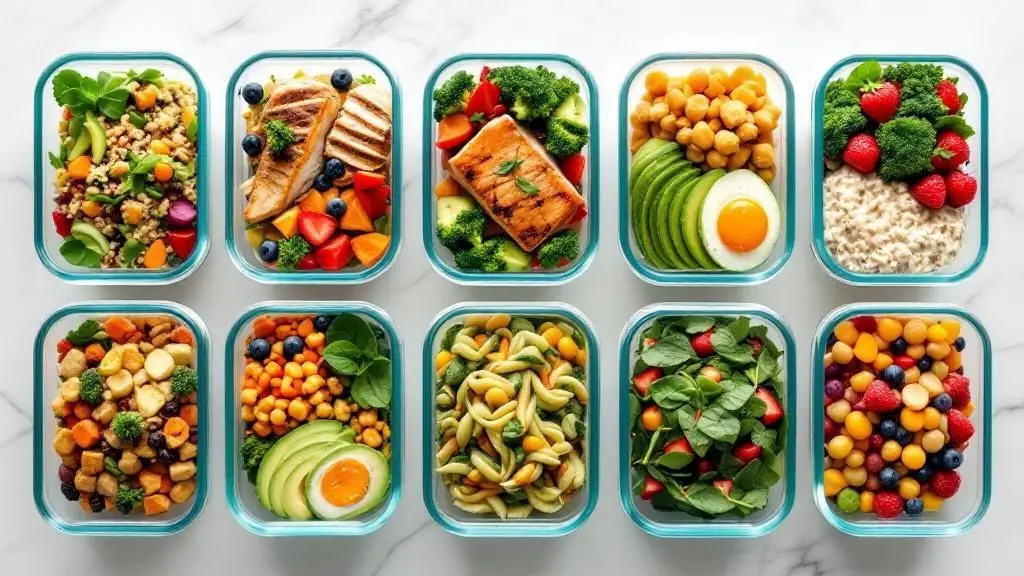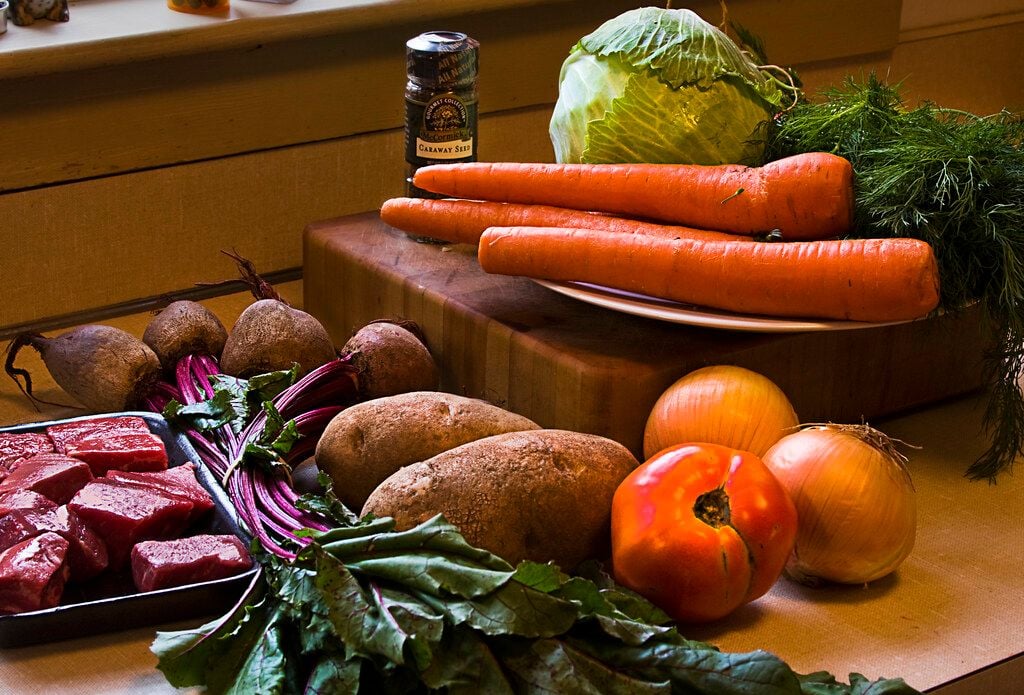
Revamp Your Sandwich Game: Tips from Top Chefs
- Nov 26, 2024
Put away those sad, dreary sandwiches, the lifeless ham and cheese combos on limp bread, the soggy subway creations, and the crumbly clubs. You should be able to put together a sandwich quickly with whatever items you happen to have in your refrigerator, but that's not to say the sandwich should be an afterthought. Upgrading your sandwich-making skills is simpler than you may think; all you need do is take a page out of your favorite sandwich shop's book.
So, to learn how to elevate our sandwich making game, we turned to some of the best professional chefs, renowned for crafting some of America's most imaginative, delicious, and inspirational sandwiches. Keep reading to discover ten simple ways to transform your ordinary sandwiches into remarkable meals.
The first pro tip: Never forget to season as you go. According to Trevor Kunk, the culinary director of Shy Bird in Boston, this golden rule applies also to sandwich-making. You should season with salt and pepper from the get-go, even on the bread. If you are toasting the bread, lather on your preferred fat (be it mayo, butter or olive oil) and sprinkle some salt before it touches the griddle. This trick alone will send your bread flavor skyrocketing in no time.
Another favorite among pro chefs is the thick-cut, toasted bread. Mason Hereford, chef and owner of Turkey and the Wolf in New Orleans, swears by it. A thicker piece of toasting bread gives the perfect crispy exterior and a soft, chewy interior. Hereford also recommends letting the toasted bread sit for about half a minute on a wire rack to cool, ensuring it doesn't soften up when it meets the other hot ingredients.
Then there's the case for flavor combination. Co-owners Lauren and Peter Lemos of Wax Paper in Los Angeles, emphasize the importance of combining different flavors to create a balanced and tasty sandwich. Try balancing sour, sweet, bitter, salty and umami flavors to make your sandwich a delight to the tastebuds. The secret lies in the choice and creative combination of ingredients, keeping it interesting with each bite.
Next on the list: the crunch factor. Adding a crispy vegetable or even a handful of potato chips to your sandwich can turn an average sandwich into a standout. How you prepare and combine your ingredients matters as much as the ingredients themselves. The key to condiments, as shared by Kunk, is spreading them with care. Ensure even distribution by spreading it to all sides of the bread, this ensures each bite is balanced and tasty.
In terms of order of layers, keeping the main ingredient as the base helps to hold the sandwich together and also strains the flavor on the palate. Be cautious of adding too many heavy components on top, as they may cause the sandwich to topple.
If you're working with a juicy meat, consider using a third slice of bread to help absorb and contain the juice, therefore, preventing a soggy sandwich. This technique, called the "soaker slice" by Hereford, protects the rest of the sandwich from becoming excessively moist.
The most common sandwich-prep mistake? Overdoing it. Matt Cahn, chef and owner of Middle Child in Philadelphia, says that using an excess of ingredients can result in them competing, rather than complementing each other. Instead, focus the recipe around one main ingredient to ensure a harmonious taste.
Finally, to hold everything together, consider the humble toothpick. Cahn uses toothpicks to maintain stability in his sandwiches, especially while cutting large ones. He also advises using lots of toothpicks and a serrated knife to slice neatly and efficiently.






